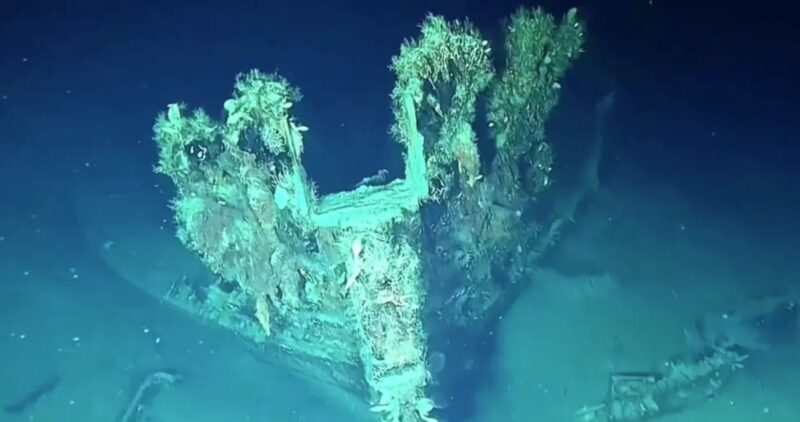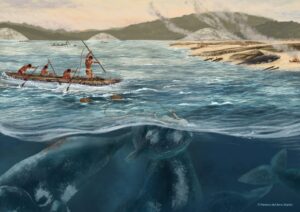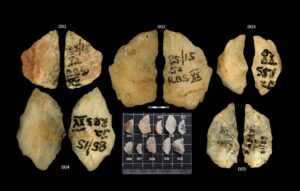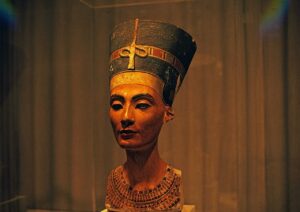The Permanent Court of Arbitration in the Hague will rule over who owns the world’s most valuable sunken ship.
In 1708, the British sank the San José off the coast of Colombia. The Spanish galleon still sits on the seabed over 700m down, beyond the reach of divers. Its billions of dollars worth of gold, silver, and emeralds make it the most valuable shipwreck on the planet. For obvious reasons, its precise location is not public.
The U.S. salvage company Glocca Mora found the San José in the 1980s. Since then, there has been a fierce debate over who owns the ship and whether it should be raised from its watery grave. Colombia, Spain, indigenous communities in South America, and Glocca Mora — now known as Sea Search Armada — all claim it belongs to them.
After several inconclusive cases, the court in the Hague will decide once and for all who owns it. Colombia claims that as the boat sank off its coast, it should be theirs. They want to raise it and put it on display.
When Glocca Mora found the ship, they wanted to share the fortune — and the task of raising it — with Colombia. But the two sides could not agree on who got what percentage, and the battle has raged since then.
In 2015, the Colombian government claimed that they had discovered the ship in a different location than the salvage company claimed. Since then, Colombia has insisted that the salvagers have no rights to the boat or its treasure.
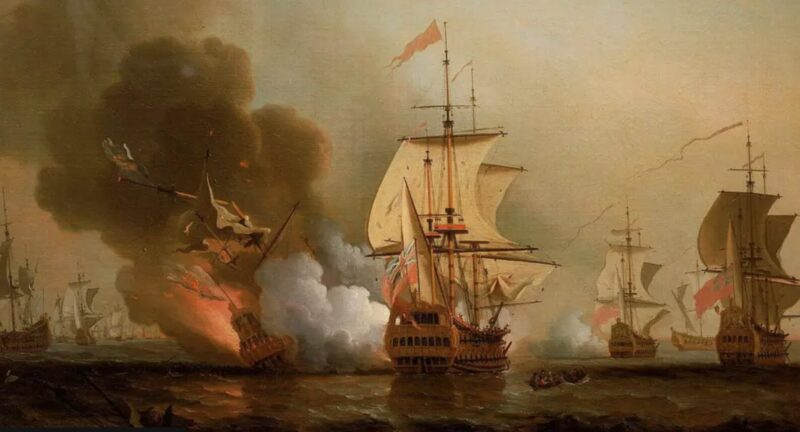
A depiction of the ‘San José’ in an 18th-century painting. Image: National Maritime Museum
What about Spain?
Meanwhile, Spain argues that since it is their ship, it is Spanish property. Indigenous communities in South America believe they should profit from the treasure, as it was pillaged from them during colonial times.
“That wealth came from the mines of Potosí in the Bolivian highlands,” said a spokesperson for the groups. “This cargo belongs to our people…They owe us that debt.”
Historians, archaeologists, and preservation groups argue that the vessel should be left alone. Over 600 people died when it sank, meaning that the wreckage is also a graveyard. Out of respect, many feel that it should be left as is.
The British never intended to sink the ship. At the time, a war raged between Spain and Britain. As a British ship tried to seize the San José and its treasure off the coast of Colombia, it fired a cannonball, which happened to land on the San José‘s gunpowder store. Within minutes, the ship and all its treasures sank.
The treasure’s value also remains in dispute. As part of its case, Sea Search Armada estimated it is worth $7-$18 billion, but historians say such an estimate is impossible.
“If you’re talking about gold and silver coins, do we make an estimate based on the weight of the gold now? Or do we look at what collectors might pay for these gold coins?”
International law does very little to clear up the ownership argument, so for now, the decision rests with the Hague. But there are no details on when this legal wrangle will end.
